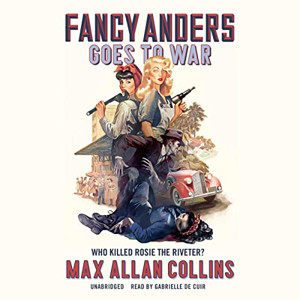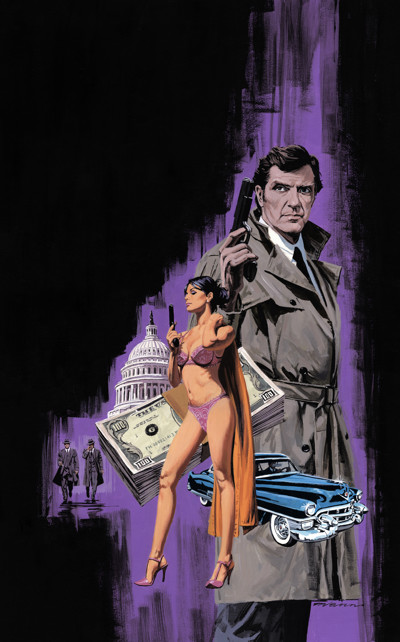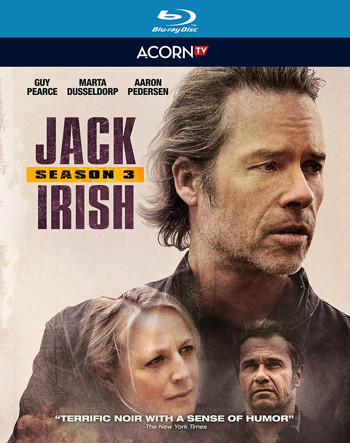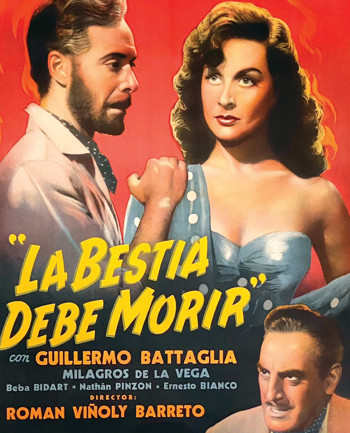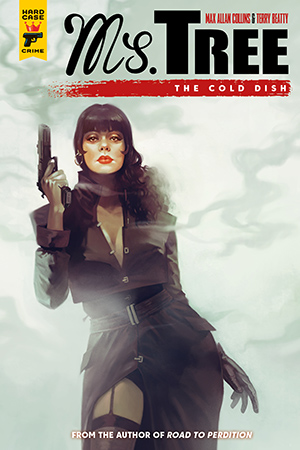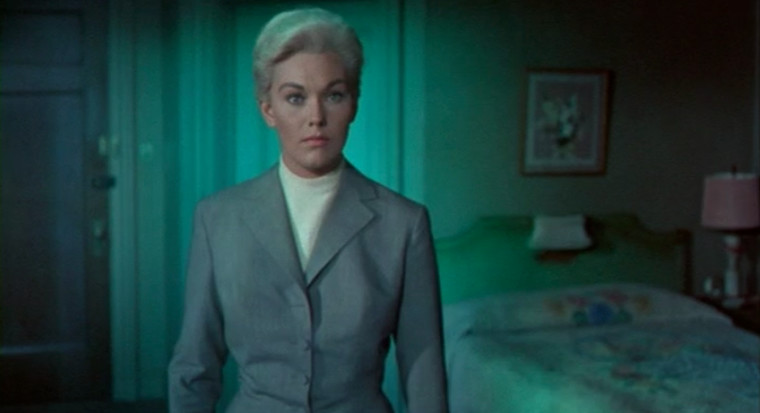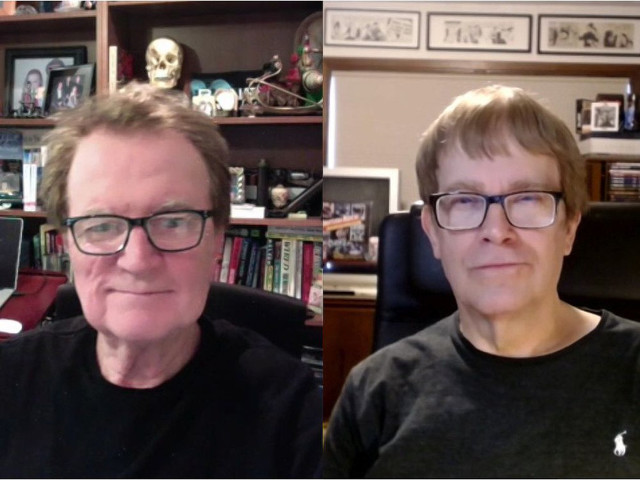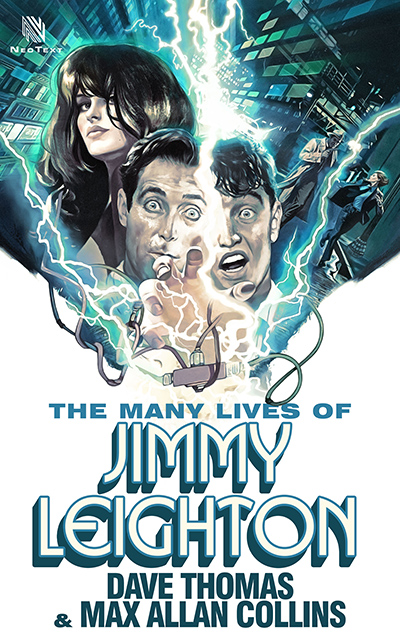Our Christmas card from Pee Wee Herman/Paul Reubens arrived today.
Christmas time is officially here!!!
My novella, Fancy Anders Goes to War: Who Killed Rosie the Riveter?, is out on audio from Skyboat and available at Audible. At my request, Skyboat used a female narrator – Gabrielle de Cuir – who did a wonderful job. This is a lovely way to get to know Fancy Anders.
This update will appear on Tuesday Dec. 21, with Christmas a few days away, and – obviously – Christmas Eve a day sooner than that. For me this year, Christmas Eve is the day that resonates the most. Here’s why.
Fifty years ago, I was in grad school at the University of Iowa in Iowa City, studying at the Writers’ Workshop. I had already written two novels there (Bait Money and No Cure for Death) and begun a third (Quarry). I lived in nearby Muscatine with Barb – we’d been married in June 1968 – and she was working at the First National Bank and I was in my first year of teaching at Muscatine Community College. The teaching gig, which I disliked intensely, was part-time; two days a week I drove to Iowa City for Workshop sessions.
A number of good things had happened by this point. The great mainstream writer Richard Yates (Revolutionary Road) had taken me under his wing. Through him, I got my first agent, Knox Burger, the legendary Gold Medal Books editor who now was a one-man literary agency. When Yates wrote him, sending my novel and saying I might be the next Dashiell Hammett or Raymond Chandler, Burger wrote back, “No – but W.R. Burnett, maybe.” Yates didn’t understand why I took that as a compliment.
Burger said in the same letter, “I’m afraid young Collins is a blacksmith in an automotive age.” I rather like that line, because it’s probably the most accurate appraisal of me and my work anybody ever made. But the important thing is that Burger took me on as a client.
That had been something like a year and a half before, and neither Bait Money nor No Cure for Death had sold. I’ve written before about how Burger objected to the original ending of Bait Money, in which Nolan was killed; it was downbeat in a very late ‘60s/early ‘70s movie way, and had to do with me writing what I thought was a book about the death of the last American tough guy. It had been rejected seven times, I think, most recently by an editor at Pyramid who had spilled coffee on the manuscript.
In those days publishers would not accept a carbon manuscript and photocopying was strictly a Star Trek kind of thing. Burger said that since I had to re-type it anyway, I might as well put a better ending on it. Specifically he said, “Robin doesn’t leave Batman to die.” And that resonated, and so young sidekick Jon came back and rescued old (48!) Nolan.
That had been the last I heard of it. As I say, I hated my teaching job. I came to like it more, but that first year I was dealing with remedial students – functional illiterates who had somehow been granted high school diplomas, presumably to flush them from the public educational system. I had come home to our little apartment some time in the fall of ‘71 and broke down while Barb held me.
“Is this it for me?” I said. “Am I not going to be a writer?” I’d been writing books and stories since junior high, convinced I would be an author. Teaching had always been something to fall back on. But right now I felt like teaching had fallen on me. And hardly anybody at the Workshop, teacher William Price Fox included, thought much of my book in progress – Quarry.
On December 24, 1971, I received a letter from Knox Burger. I didn’t figure it for a Christmas card, and wondered if he might be dropping me. Instead he was informing me that Curtis Books was buying Bait Money.
You will not be surprised to learn that this was my most joyous Christmas ever. But I recall being a little frightened, too. I had that “Now what?” feeling that comes with getting blindsided by success. Curtis also wanted two more books in a Nolan series!
I called Don Westlake, who had been something of a mentor to me – he was a client of Burger’s too, coincidentally – and shared the news. His response about my learning I’d sold my first book on Christmas Eve was a memorable one: “Sometimes God acts like O. Henry and there’s nothing that can be done about it.”
He also gave me his blessing to write more Nolan books, despite the character being a shameless imitation of his Parker. He felt the Jon sidekick humanized Nolan and, if I kept Jon in the mix, the series could be something of its own. (He did, at times over the years, refer to me as the Jayne Mansfield to his Marilyn Monroe.)
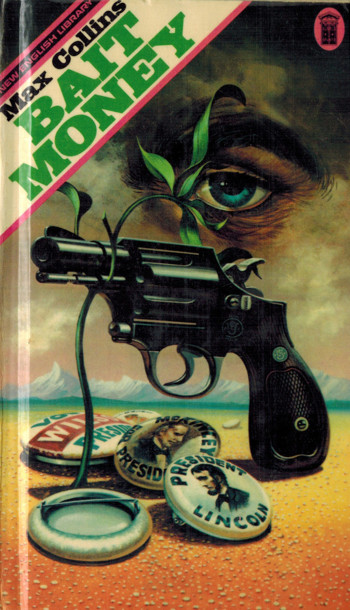
In the first week or so of 1972, Curtis Books bought No Cure for Death, as well. I am fuzzy about it, but I think I waited to finish Quarry till after I’d written Blood Money, the second Nolan. At any rate, Blood Money was submitted early enough in 1972 for it to be published simultaneously with Bait Money in December 1972 (with a January 1973 publication date).
My comp copies came on Christmas Eve, 1972. God was still in an O. Henry mood, or anyway Knox Burger was.
As it happened, Curtis Books only published those first two novels, though they bought three more Nolans (Fly Paper, Hush Money and Hard Cash) and another Mallory (The Baby Blue Rip-off), before getting swallowed up by Popular Library. All of those books went into Popular Library’s inventory and weren’t published until the rights came back to me years later. That’s how Nolan wound up at Pinnacle Books in the early ‘80s and – around the same time – Mallory at Walker for hardcover and TOR for paperback.
That’s more detail than you need to know. And some of it I’ve shared before. But when it occurred to me that Dec. 24, 2021 would mark fifty years since I sold my first novel, I thought it worthy of mention here.
Fifty years is a long time.
And an eye blink.
The postscript is that Christmas came a little early this year – a few days ago, to be exact. A movie deal has closed on one of my properties.
Nolan.
If you’re wondering what to get me for Christmas (and I know you are), you can…if you have already read (and liked) the three John Sand novels by Matt Clemens and me…post an overall review at Amazon of the trilogy, which has just been published on Kindle in an omnibus edition called No Time to Spy. The moment the boxed set went up, so did a negative overall review by markh (a fellow Iowan no less), a 600-word condemnation of the novels designed to convince no one to buy it.
I have no idea who markh is, but he’s one of that small, hardy group who profess to have liked my work in the past and are now attempting to make sure no one reads anything by me written in my doddering old age. His objection is chiefly that Matt and I are writing spy yarns in the mode of the early ‘60s James Bond craze, and trying to pass them off as serious espionage novels.
Of course, that’s not the case. The books are very slightly tongue-in-cheek, yes, but are rather tough, violent adventure stories that have everything to do with the Fleming novels, the Connery films, and the less spoofy spy stuff of the early ‘60s – Harry Palmer, Matt Helm (the books not the movies), I Spy, John Drake, first-season Man from UNCLE, etc. Nobody said these were realistic much less inside looks at the world of espionage. The Spy Who Came in from the Cold they ain’t. They are, we hope, fun.
I have no objection to somebody not liking my stuff, but the way markh was lying in wait to post his overall slam on the day No Time to Spy was published, is…what is the word?…creepy. He had already expressed his individual dislike of the books. But apparently, because he refers to my blog in his review, he takes offense that I don’t sit still and shut up when he sets out to convince others not to read me (in a supposed context of being a fan, or shall we say former fan).
But I have a Christmas gift for markh: You no longer have to read my books. You have my permission, my blessing, not to. Let me take it a step farther, in the spirit of giving: don’t read my books. I don’t care to have my words running around in your head where you can scramble them. We are not a good fit, markh.
For the record – at Amazon, Come Spy with Me has an average of 4.1 out of 5 stars, both Live Fast, Spy Hard and To Live and Spy in Berlin an average of 4.4 out of 5 stars.
But right now No Time To Spy has an average based only on markh’s negative review. Stunting the sales of the omnibus could easily lead to Matt and me not being able to write another John Sand. Which seems to be markh’s goal.
By the way, Amazon now has the paperback edition at $15.99 (I have not seen a copy yet).
Paperback Warrior, a truly great site for fans of pulp fiction at its best, posted a nice array of Quarry covers recently, and said lovely things about the series. They also provided a link to their various smart reviews of a number of the novels published by Hard Case Crime.
Here’s an interesting piece on movie novelizations (I get a mention).
This is a wonderful article about the little-known comic strip, Mr. Oswald, which incorporates my thoughts of this lost gem.
Happy Holidays, everyone.
M.A.C.
